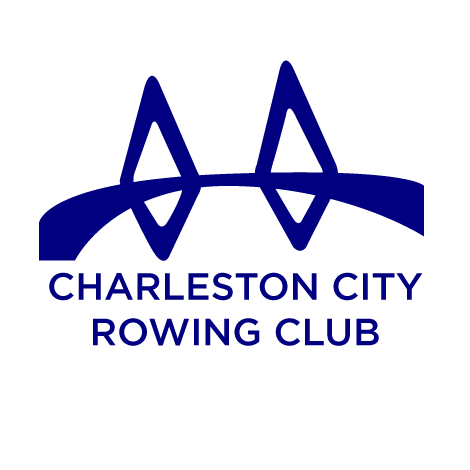
Other Forms of Misconduct
Bullying
(1) An intentional, persistent and repeated pattern of committing or willfully tolerating physical and non-physical behaviors that are intended, or have the reasonable potential, to cause fear, humiliation or physical harm in an attempt to socially exclude, diminish or isolate the targeted athlete(s), as a condition of membership.
(2) Any act or conduct described as bullying under federal or state law.
EXCEPTIONS
Bullying does not include group or team behaviors that (a) are meant to establish normative team behaviors, or (b) promote team cohesion. For example, bullying does not include verbal admonitions to encourage team members to train harder and to push through a difficult training regimen.
EXAMPLES
Examples of bullying prohibited by this Policy include, without limitation:
(1) Physical behaviors. Behaviors that include (a) hitting, pushing, punching, beating, biting, striking, kicking, choking or slapping an athlete; (b) throwing at, or hitting an athlete with, objects such as sporting equipment.
(2) Verbal and emotional behaviors. Behaviors that include:
(a) teasing, ridiculing, intimidating;
(b) spreading rumors or making false statements; or
(c) using electronic communications, social media or other technology to harass, frighten, intimidate or humiliate (“cyber bullying”).
Harassment
(1) A repeated pattern of physical and/or non-physical behaviors that
(a) are intended to cause fear, humiliation or annoyance, (b) offend or degrade, (c) create a hostile environment or (d) reflect discriminatory bias in an attempt to establish dominance, superiority or power over an individual athlete or group based on gender, race, ethnicity, culture, religion, sexual orientation, gender expression or mental or physical disability; or
(2) Any act or conduct described as harassment under federal or state law
EXCEPTIONS
None
EXAMPLES
Examples of harassment prohibited by this Policy include, without limitation:
(1) Physical offenses. Behaviors that include:
(a) hitting, pushing, punching, beating, biting, striking, kicking, choking or slapping an athlete or participant;
(b) throwing at or hitting an athlete with objects including sporting equipment.
(2) Non-physical offenses. Behaviors that include:
(a) making negative or disparaging comments about an athlete’s sexual orientation, gender expression, gender, disability, religion, race, skin color, national origin or ethnic traits; (b) displaying offensive materials, gestures or symbols; (c) withholding or reducing playing time to an athlete based on his or her sexual orientation.
Hazing
(1) Coercing, requiring, forcing or willfully tolerating any humiliating, unwelcome or dangerous activity that serves as a condition for (a) joining a group or (b) being socially accepted by a group’s members; or
(2) Any act or conduct described as hazing under federal or state law.
EXCEPTION
Hazing does not include group or team activities that (a) are meant to establish normative team behaviors or (b) promote team cohesion.
EXAMPLES
Examples of hazing prohibited by this Policy include, without limitation:
(1) requiring, forcing or otherwise requiring the consumption of alcohol or illegal drugs
(2) tying, taping or otherwise physically restraining an athlete
(3) sexual simulations or sexual acts of any nature
(4) sleep deprivation, otherwise unnecessary schedule disruption or the withholding of water and/or food
(5) social actions (e.g. grossly inappropriate or provocative clothing) or public displays (e.g. public nudity) that are illegal or meant to draw ridicule
(6) beating, paddling or other forms of physical assault
(7) excessive training requirements focused on individuals on a team
Supervision
During training and competition, USRowing strives to create two-deep leadership and minimize one-to-one interactions to create a safe training environment and to protect athletes and participants.
One-on-One Interactions
APPROPRIATE ONE-ON-ONE INTERACTIONS
INDIVIDUAL MEETINGS
An individual meeting may be necessary to address an athlete’s concerns, training program or competition schedule. Under these circumstances, coaches, staff members and volunteers are to observe the following guidelines.
Any individual meeting should occur when others are present and where interactions can be easily observed.
Where possible, an individual meeting should take place in a publicly visible and open area, such as the corner of a boathouse or rowing dock.
If an individual meeting is to take place in an office, the door should remain unlocked and open.
If a closed-door meeting is necessary, the coach, staff member and/or volunteer must inform another coach, staff member and/or volunteer and ensure the door remains unlocked.
INDIVIDUAL TRAINING SESSIONS
An individual training session(s) with an athlete or participant may also be desired or necessary. Under these circumstances, written permission of a minor athlete’s parents or guardians is required in advance of the individual training session(s), and USRowing encourages parents and guardians to attend the training session.
PROHIBITED ONE-ON-ONE INTERACTIONS
Except as set forth above, minor athletes and participants will not be left unattended or unsupervised during USRowing activities, including being left alone on shore during water practice time, and USRowing coaches, staff members and/or volunteers are prohibited from being alone with an individual athlete or participant in any room or building.
EXCEPTION: ONE-ON-ONE INTERACTIONS
Minor athletes and participants may be placed in one-to-one interaction in a coaching launch during an on-the-water practice session. During this period, the launch should remain in visible and audible contact with the crews on the water.
